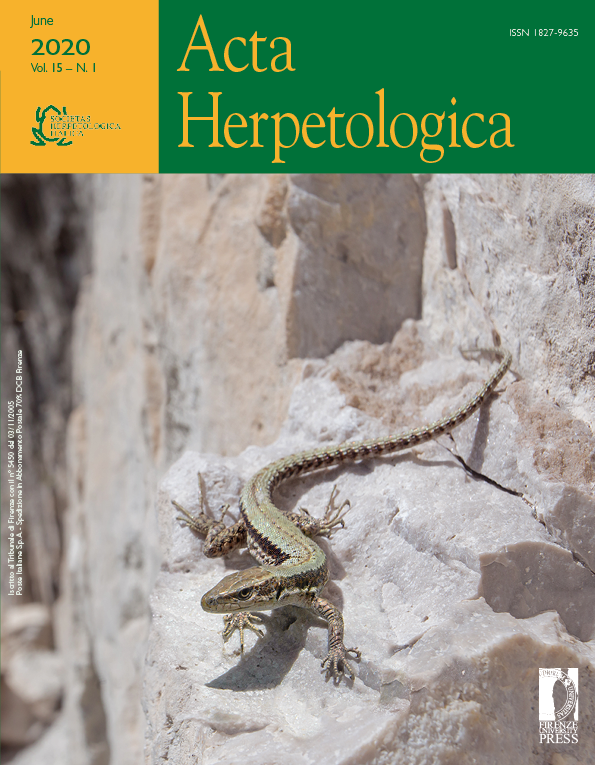Adaptive significance of the transparent body in the tadpoles of ornamented pygmy frog, Microhyla ornata (Anura, Amphibia)
Published 2020-05-17
Keywords
- Hoplobatrachus tigerinus,
- Microhyla ornata,
- transparent body,
- predation,
- tadpoles
How to Cite
Abstract
In Southern India, during the Southwest monsoon phase, the newly formed ephemeral water bodies harbour several species of tadpoles as well as some of their predators. Tadpoles of Microhyla ornata dwell in surface or column zones of water. They face predation threat from aquatic insect predators and carnivorous tadpoles of other anurans though they are invisible due to their transparent body form. We tested whether transparent body form of M. ornata tadpoles is a useful attribute against predation by exposing tail fin stained (with the Nile blue) subjects to a naturally occurring predator (Hoplobatrachus tigerinus tadpoles that detect prey using both visual and chemical cues). The study shows that susceptibility of stained M. ornata tadpoles to predation increased significantly compared to the unstained transparent individuals. We conclude that the transparent body form is of great significance in escaping predation during the larval phase of life in M. ornata.






